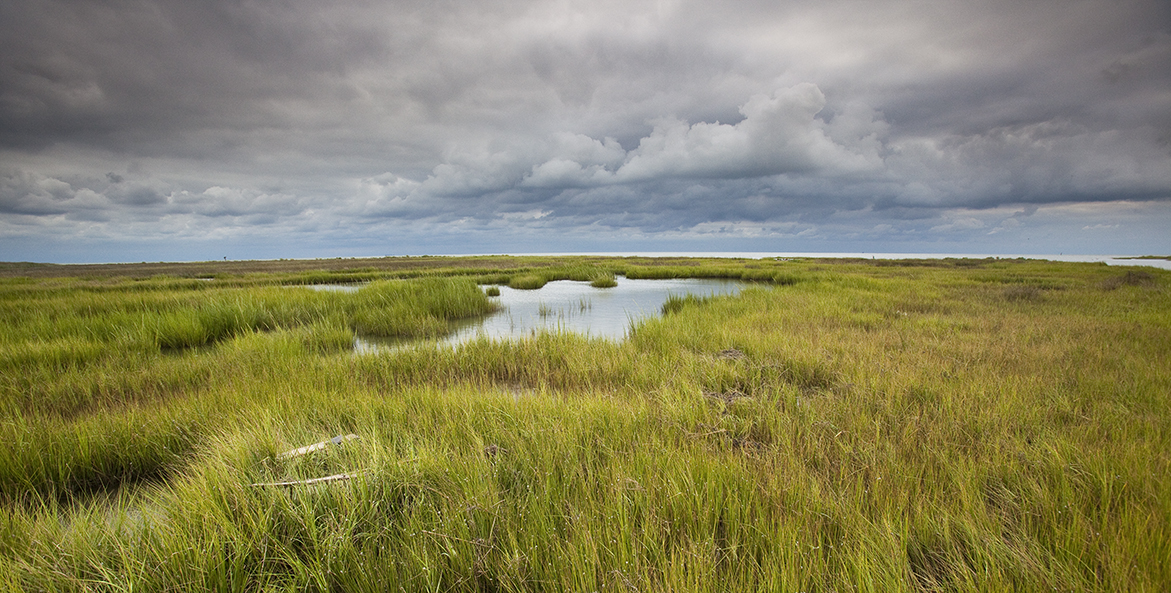Big news. Maryland Gov. Larry Hogan announced the state will take legal action against the U.S. Environmental Protection Agency and the Commonwealth of Pennsylvania to ensure clean water goals for the Chesapeake Bay are met.
Let's unpack that for a minute.
What exactly did Hogan just do?
On Jan. 8, Hogan sent a letter to state Attorney General Brian Frosh, instructing him to sue EPA and Pennsylvania for two reasons:
- Pennsylvania "repeatedly falling short" of goals to curb pollution flowing down the Susquehanna River into the Bay; and
- EPA failing to enforce the science-based pollution-reduction targets outlined in the Bay's cleanup plan, known as the Chesapeake Clean Water Blueprint.
How did we get here?
Eleven years ago, CBF sued EPA over its failure to uphold the Clean Water Act. The 2010 settlement of that lawsuit resulted in science-based pollution limits, known as a Total Maximum Daily Load (TMDL), designed to restore water quality in the Bay by 2025.
The TMDL allocates pollution reductions to each of the six Bay states and the District of Columbia and requires each jurisdiction to create and implement plans that achieve those reductions. The pollution reduction targets and the state implementation plans collectively create the Chesapeake Clean Water Blueprint.
It is EPA's job to ensure the plans provide "reasonable assurance" jurisdictions will meet their goals and take action if they do not. In other words, each jurisdiction must demonstrate its clean water plan is thorough and supported by the necessary laws and funds to implement it.
Last year, Pennsylvania submitted its final cleanup plan to EPA. Pennsylvania is already significantly behind in reducing its pollution, and its plan fails to demonstration how it will meet the TMDL targets by 2025—in fact, it falls 25 percent short of the state's requirement for reducing nitrogen and includes an annual estimated funding gap of more than $300 million.
Why is Maryland taking action now?
EPA approved Pennsylvania's plan in December, despite repeated calls from CBF, citizens, and downstream states that it require Pennsylvania to do more. Then, on Jan. 3, Dana Aunkst, the head of EPA's Chesapeake Bay Program, suggested the targets are not enforceable and called the 2025 deadline "an aspiration."
Citing these events, Hogan wrote in his letter to Frosh that EPA "appears to have no intention of taking the necessary action to ensure Pennsylvania's compliance with its commitments," and insisted that "Pennsylvania and the EPA must hold up their end of the TMDL bargain."
What happens next?
Maryland has several options for making a legal argument against EPA and Pennsylvania.
- Failing to require "reasonable assurance." EPA can be held accountable under section 303(d) of the Clean Water Act for accepting Pennsylvania's cleanup plan without requiring "reasonable assurance" that the plan will be successful. In a seminal court ruling in 2015 that reaffirmed the Bay TMDL, the U.S. Court of Appeals for the Third Circuit specifically held that such an approval would be arbitrary and capricious.
That holding is cemented by section 117(g) of the Clean Water Act, which outlines the Chesapeake Bay Program and requires EPA to ensure that plans are developed to achieve and maintain the goals of the Chesapeake Bay Agreement—a pact between all Bay jurisdictions that in 2014 incorporated the pollution reduction goals of the Bay TMDL.
Pennsylvania has developed a plan, but that plan will not achieve or maintain the TMDL goals. Failing to require Pennsylvania to put forward an adequate plan therefore means EPA has violated the Clean Water Act.
- Violating state water quality standards. There is a split of opinion on whether Section 303(d) of the Clean Water Act, which governs the TMDL program, is set up to support a claim that either Pennsylvania or EPA violated the Act. However, the Bay TMDL is like no other TMDL. EPA and the Bay jurisdictions were clear that this TMDL would be binding on all the partners. So, a case could be made that the actions of Pennsylvania and EPA violated the letter of the TMDL and thus, violated the Act.
Maryland can challenge new or renewed permits issued to pollution sources, such as wastewater treatment plants, in Pennsylvania watersheds that fall under the TMDL. If Pennsylvania is not meeting pollution limits set for these sub-watersheds—which it is not—it is a violation of state water quality standards, which in turn is a violation of the Clean Water Act.
Why does this all matter?
The Chesapeake Clean Water Blueprint will only be successful if each jurisdiction meets its pollution-reduction goals in accordance with the Bay TMDL. This is especially true for Pennsylvania because the Susquehanna River provides roughly half of the Bay's fresh water.
The EPA's failure to hold Pennsylvania to account means we must consider all options to ensure the Blueprint goals are met, and we commend Gov. Hogan for pursuing legal action.




